Environmental Impact of Section Rolling: Sustainable Practices and Material Waste Reduction
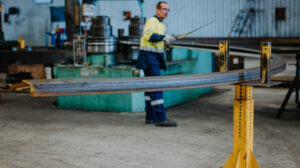
Section rolling, a common metal-forming process, plays a significant role in various industries, such as construction, manufacturing, and infrastructure development. While the process offers numerous benefits, it is essential to consider its environmental impact and promote sustainable practices. This article explores the Environmental Impact of Section Rolling, emphasizing sustainable practices and material waste reduction.
Environmental Impact of Section Rolling
- Material Efficiency: One of the primary Environmental Impacts of Section Rolling is the efficient use of materials. By optimizing the design and planning stages, manufacturers can minimize material waste. Implementing computer-aided design (CAD) software allows for precise calculations and measurements, ensuring that sections are rolled to the required dimensions and minimizing the need for excessive material usage.
- Recycling and Scrap Management: Proper scrap management and recycling play a crucial role in reducing the environmental impact of section rolling. Manufacturers should establish effective recycling programs to manage and reuse scrap materials. Recycling not only reduces waste but also helps conserve natural resources and minimizes the energy required for raw material extraction and processing.
- Energy Consumption: Energy consumption during the section rolling process contributes to its environmental footprint. Manufacturers can adopt energy-efficient technologies and equipment, such as high-efficiency motors and advanced control systems, to reduce energy consumption. Regular maintenance and optimization of machinery can also enhance energy efficiency and minimize environmental impact.
- Emission Control: One of the primary Environmental Impacts of Section Rolling, Section rolling processes involving heat treatment or surface coating may release pollutants into the air. Implementing proper emission control systems, such as exhaust hoods and air filtration, helps minimize the release of harmful substances into the environment. Compliance with environmental regulations and standards is crucial in maintaining air quality and protecting the surrounding ecosystem.
- Water Management: In certain section rolling processes, water is used for cooling and lubrication purposes. Implementing water management strategies, such as recycling and reusing water, helps minimize water consumption and discharge. Using environmentally friendly lubricants or exploring alternative lubrication methods can further reduce the environmental impact of water usage.
- Life Cycle Assessment: Conducting a life cycle assessment (LCA) of the section rolling process can provide valuable insights into its environmental impact. An LCA evaluates the environmental impact at different stages, from raw material extraction to end-of-life disposal. By identifying areas for improvement, manufacturers can implement sustainable practices and minimize the overall environmental footprint of section rolling.
Section rolling plays a vital role in various industries, and it is essential to address its environmental impact. By adopting sustainable practices such as material efficiency, recycling, energy conservation, emission control, water management, and conducting life cycle assessments, manufacturers can reduce their environmental footprint. Embracing sustainable section rolling practices not only benefits the environment but also promotes a more sustainable and responsible approach to metal forming, contributing to a greener and healthier future.
Sustainable Practices and Material Waste Reduction
In addition to the aforementioned practices and the Environmental Impact of Section Rolling, collaboration among stakeholders is crucial for addressing the environmental impact of section rolling. Manufacturers, designers, engineers, and suppliers should work together to find innovative solutions and implement sustainable practices throughout the entire supply chain.
- Education and Training: Providing education and training programs to employees and stakeholders is essential for promoting environmental awareness and best practices. Training sessions can focus on waste reduction, energy efficiency, pollution prevention, and the importance of sustainable practices in section rolling.
- Research and Development: Investing in research and development efforts can lead to the discovery of new materials and technologies that further reduce the environmental impact of section rolling. Exploring alternative materials with improved sustainability profiles and developing advanced rolling techniques can contribute to more eco-friendly practices.
- Certification and Standards: Adhering to industry certifications and standards related to environmental management systems, such as ISO 14001, demonstrates a commitment to sustainability. These certifications provide a framework for implementing and maintaining environmental management practices, ensuring continuous improvement and accountability.
- Supplier Engagement: Engaging with suppliers who share the same commitment to sustainability is crucial. Suppliers should be evaluated based on their environmental practices, including responsible sourcing of raw materials, waste management, and compliance with environmental regulations. Building strong partnerships with environmentally conscious suppliers can help create a more sustainable supply chain.
- Continuous Improvement: Regularly evaluating and monitoring environmental performance is vital for continuous improvement. Implementing key performance indicators (KPIs) specific to environmental metrics can help track progress and identify areas for further optimization. Regular audits and reviews can ensure compliance with sustainability goals and foster a culture of continuous improvement

.
By adopting sustainable practices, reducing waste, conserving resources, and prioritizing environmental stewardship, the section rolling industry can minimize its Environmental Impact of Section Rolling while continuing to meet the demands of various sectors. With a collective effort from all stakeholders, section rolling can contribute to a greener and more sustainable future for the manufacturing industry.

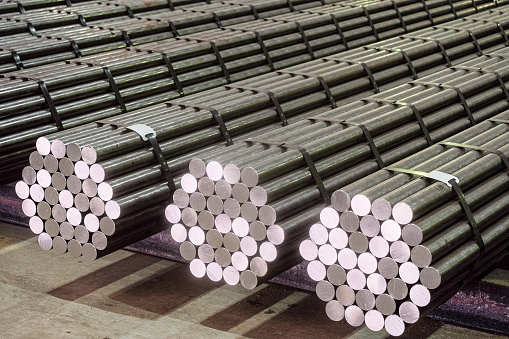
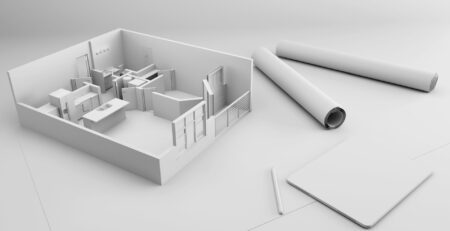
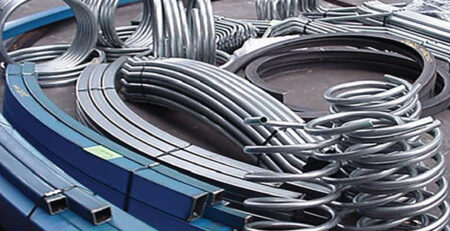
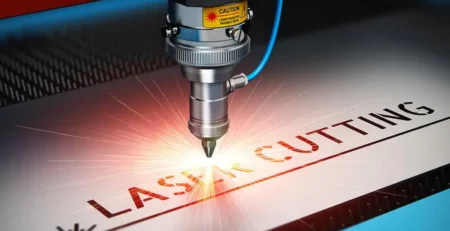
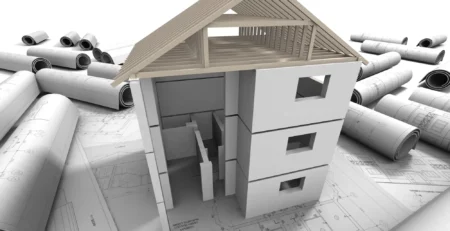

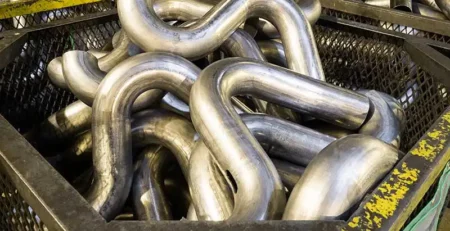
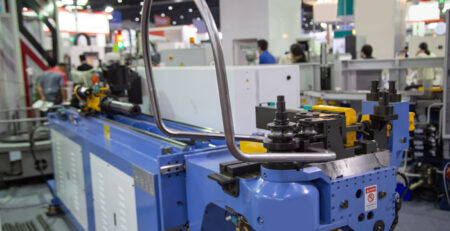
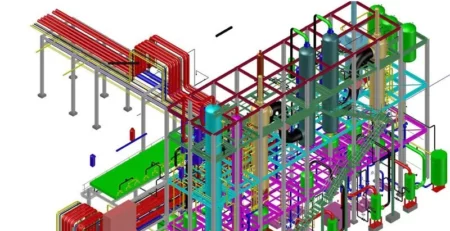

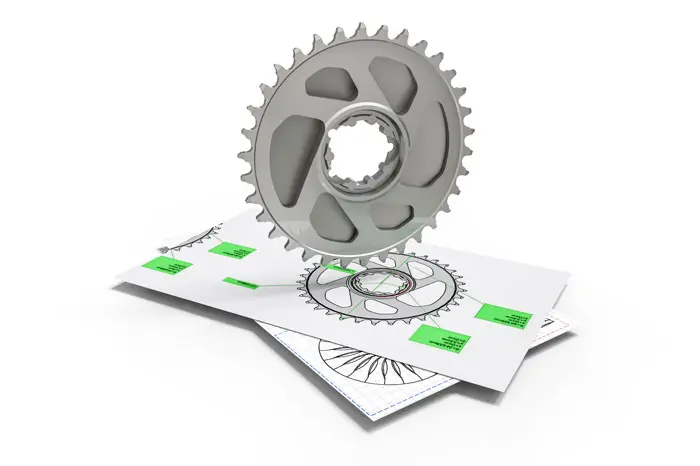

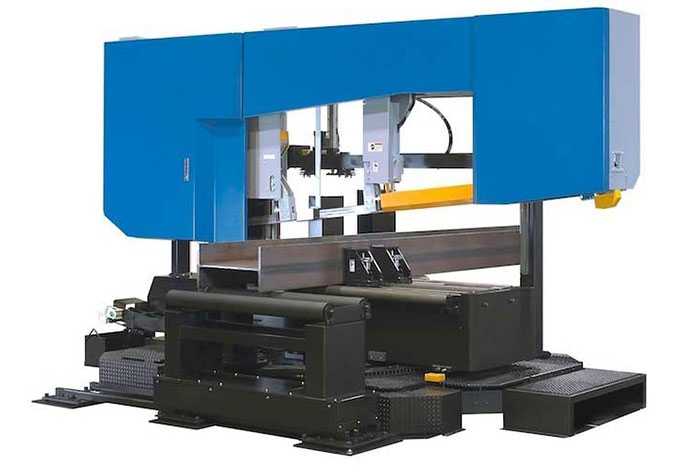
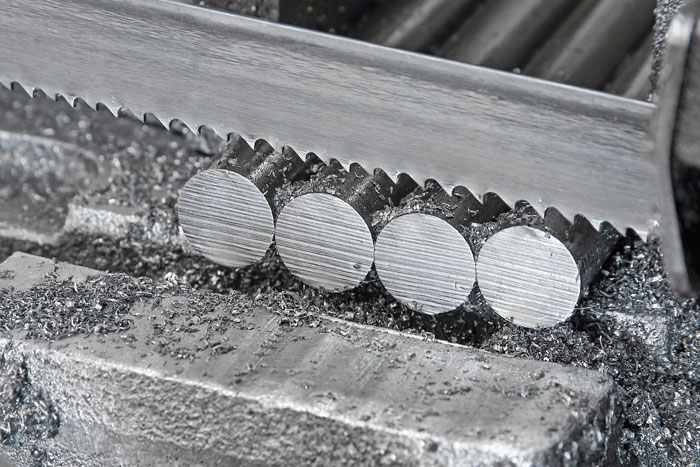

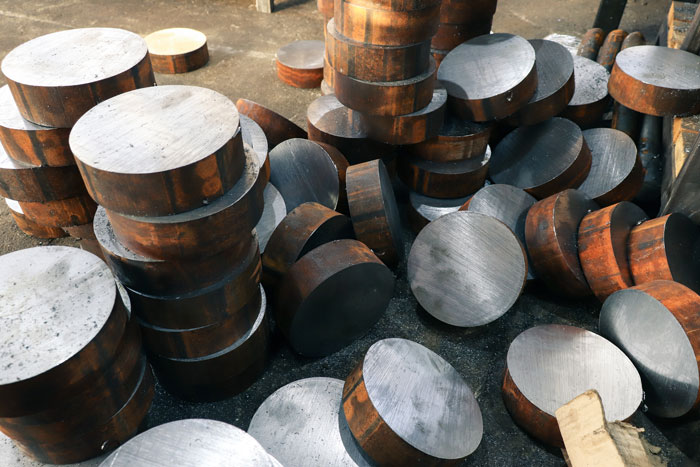
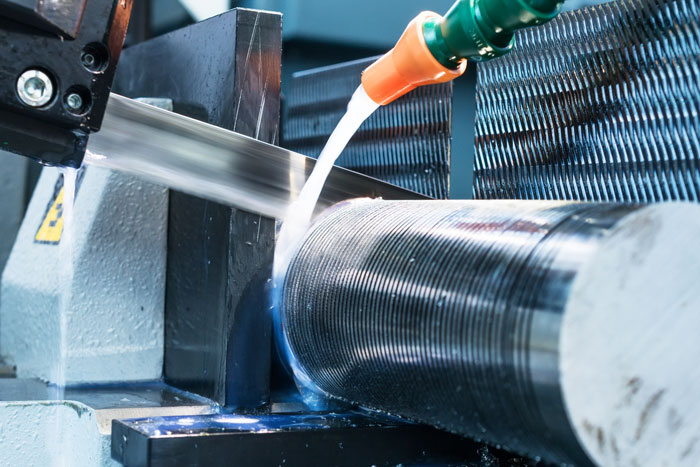
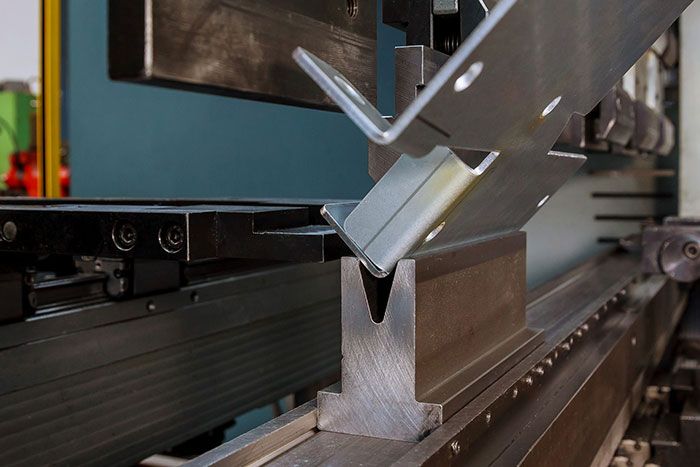
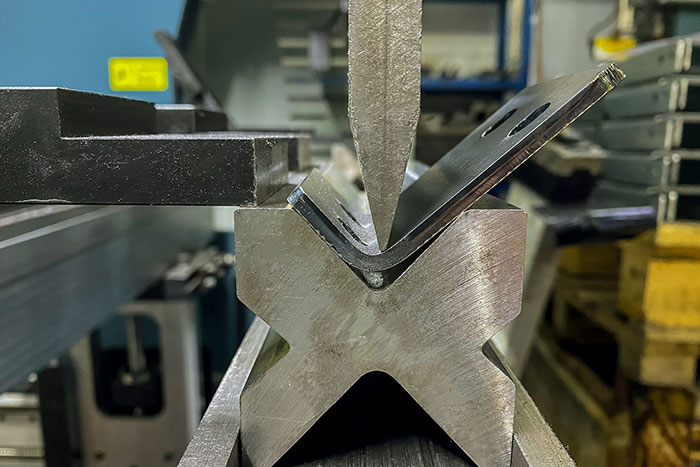
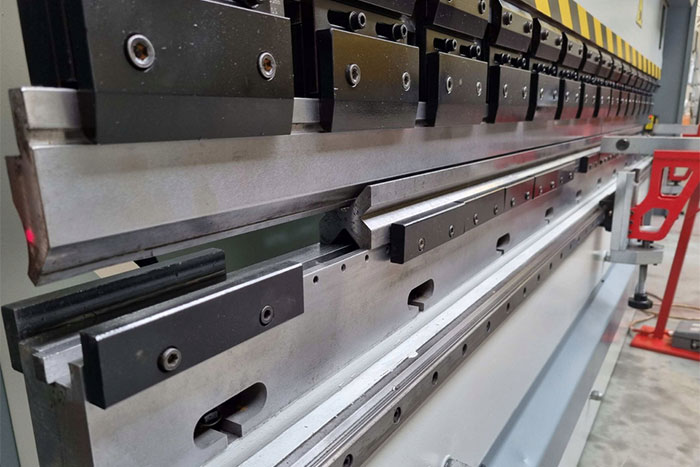
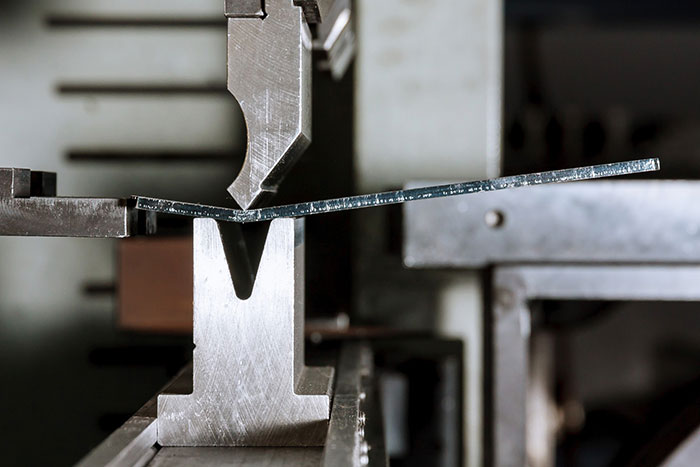
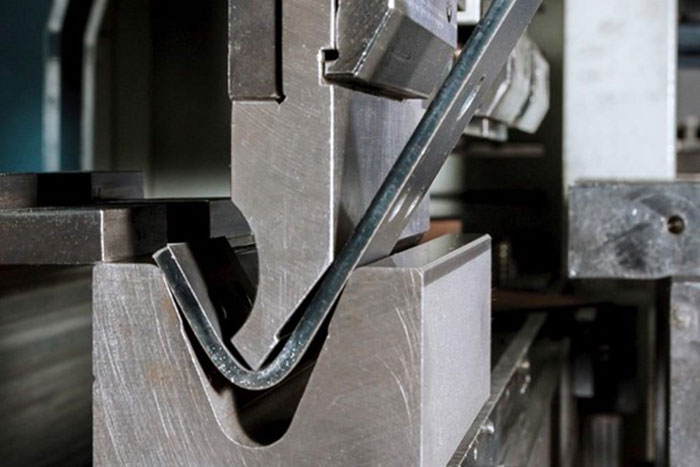
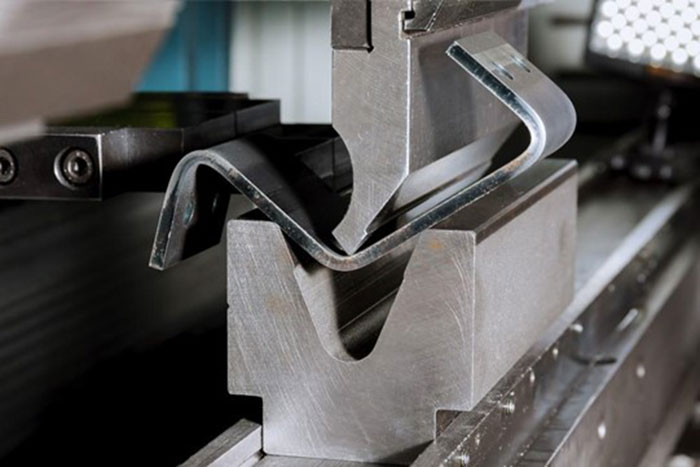
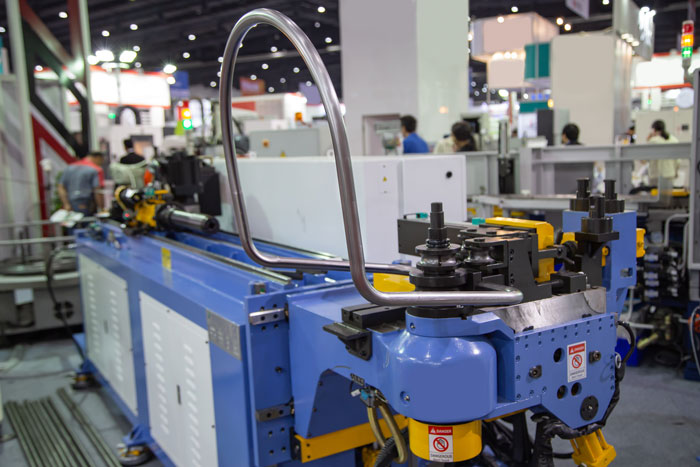
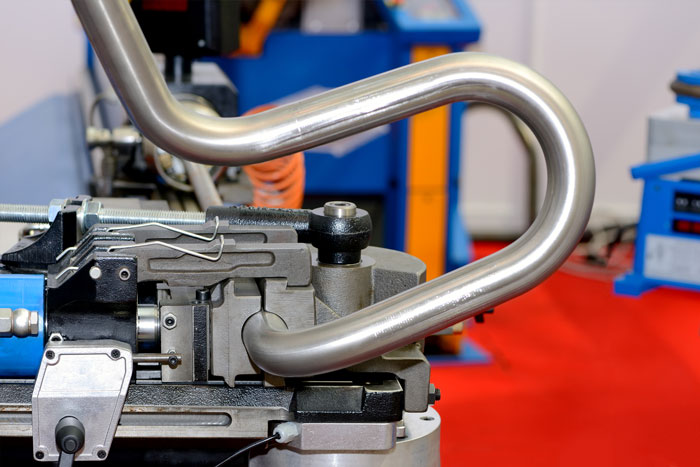
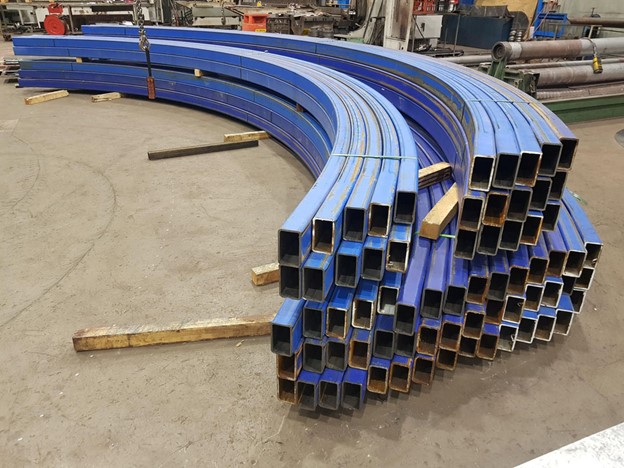
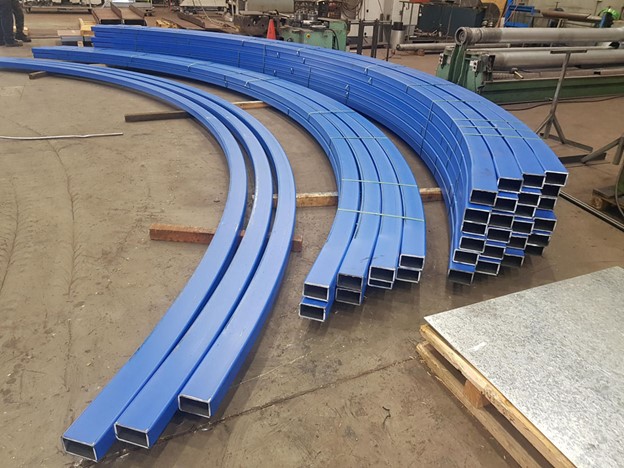
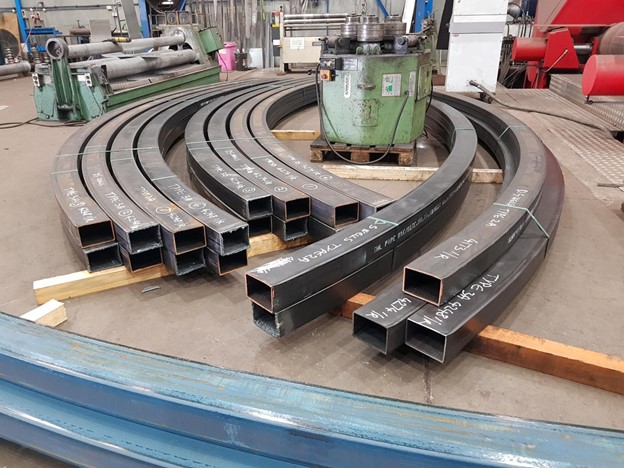
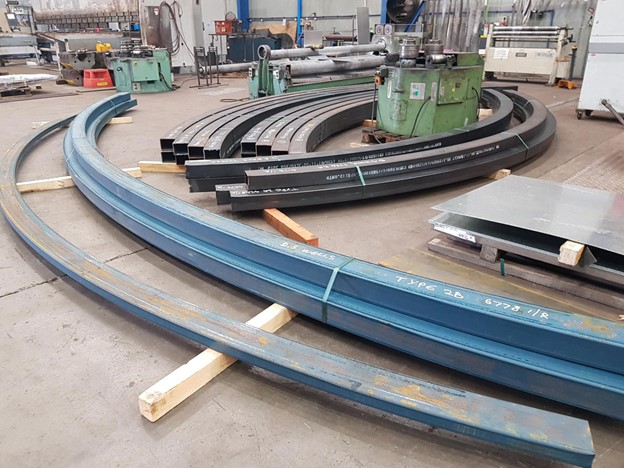
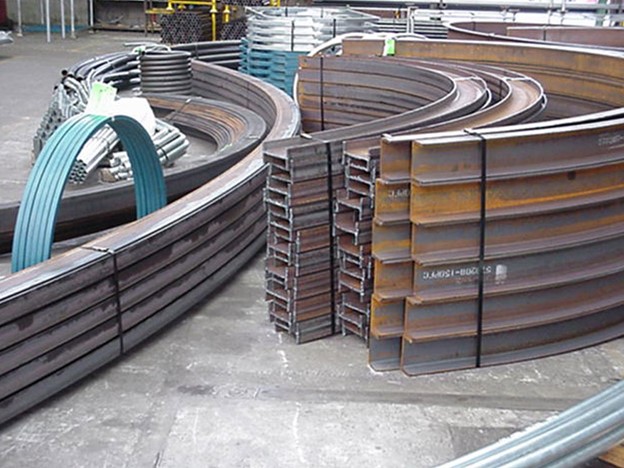
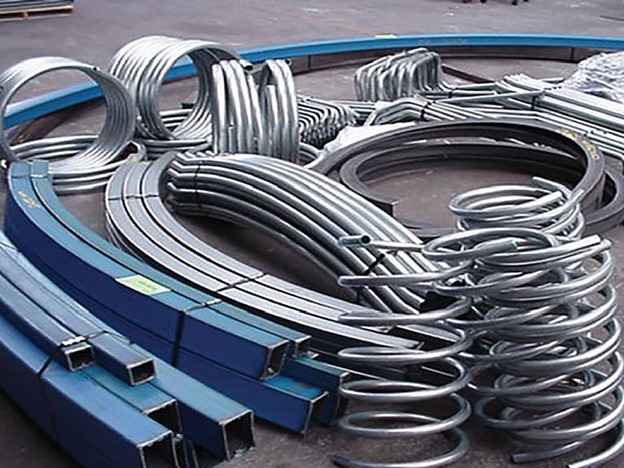
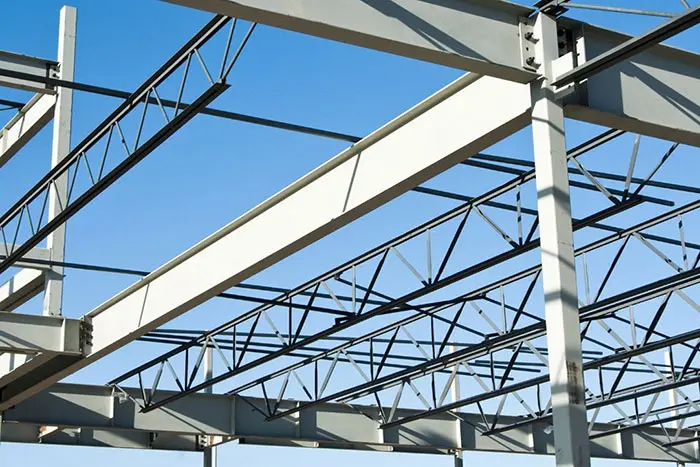
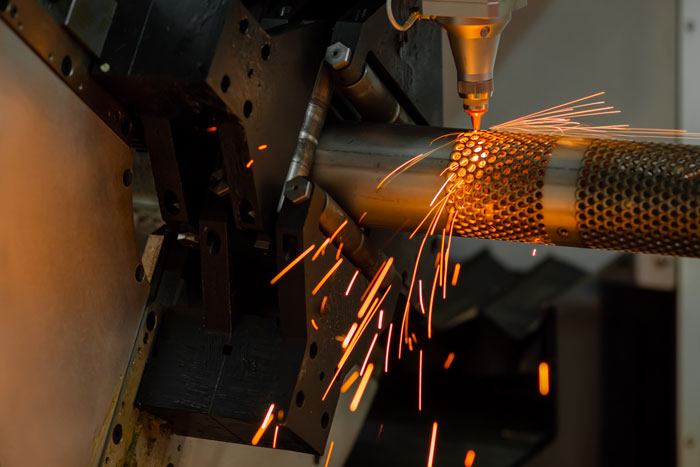
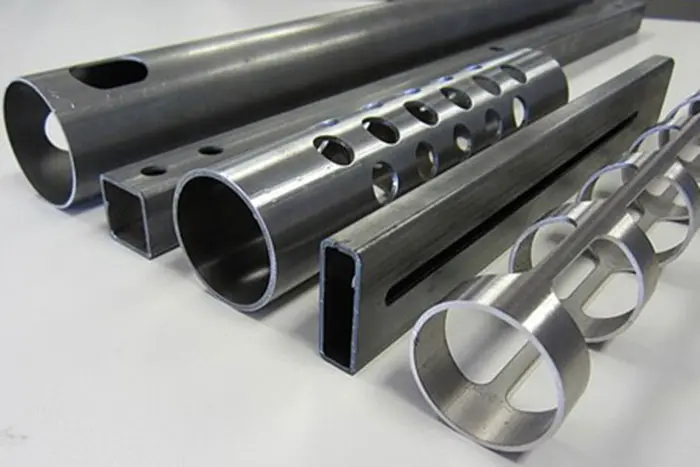
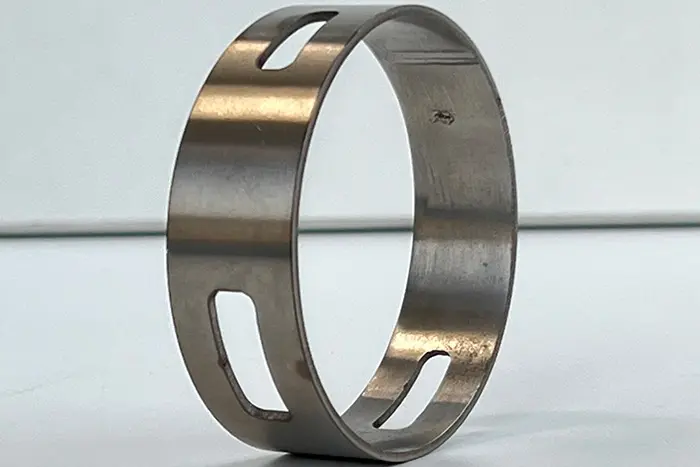
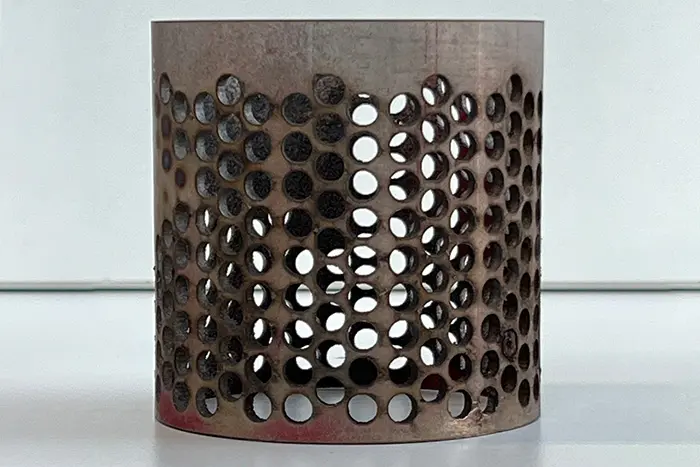
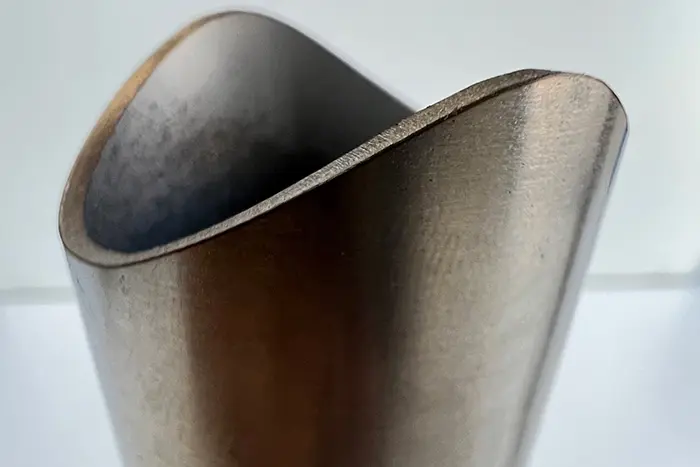
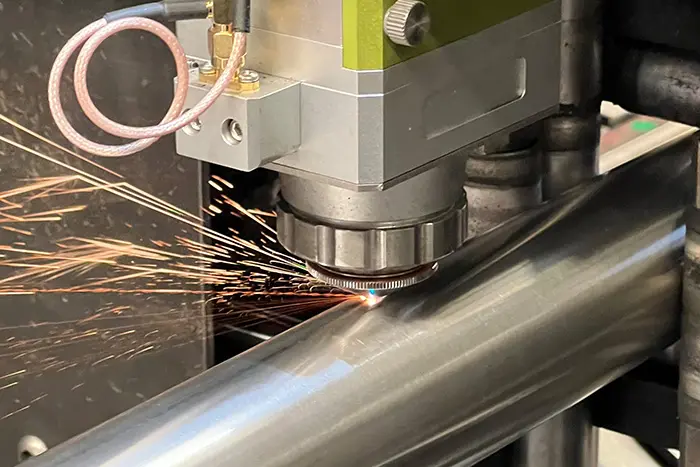
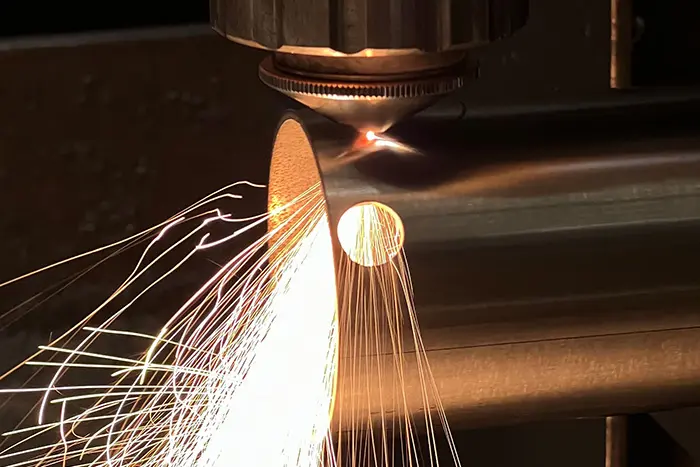
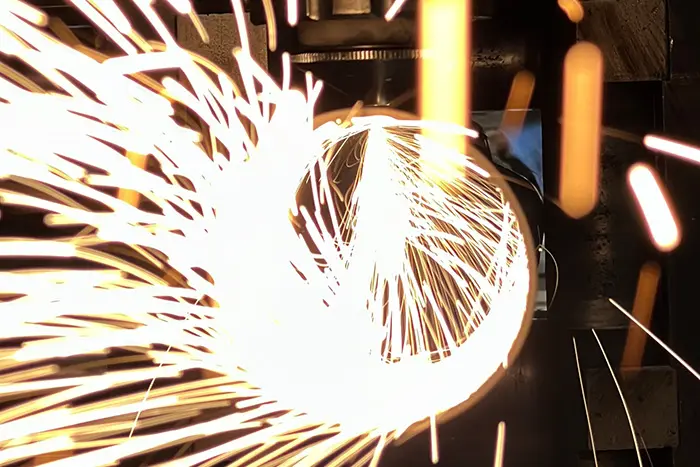
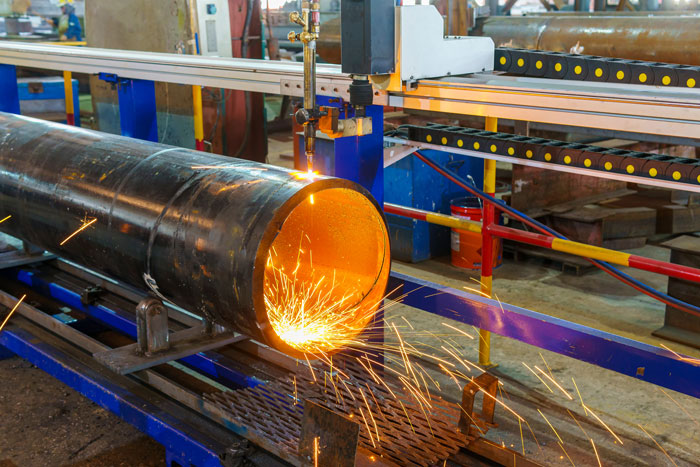
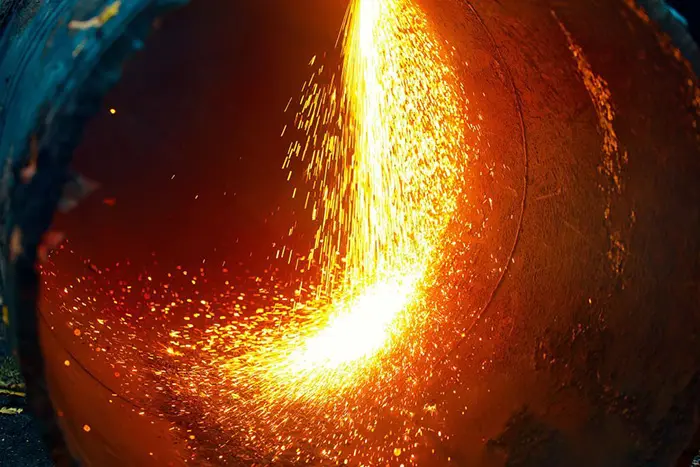
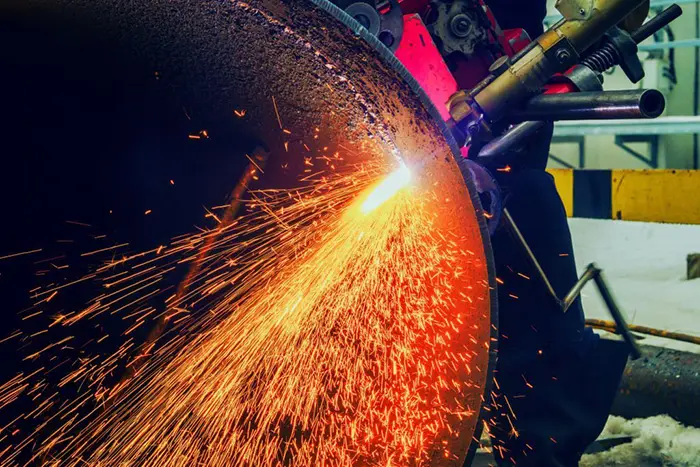

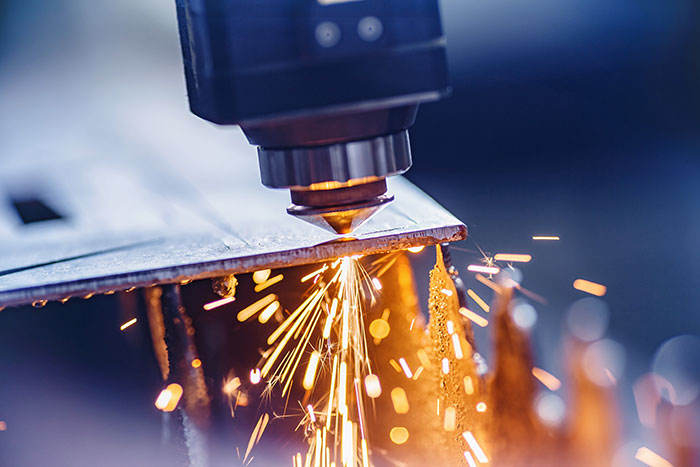
Leave a Reply